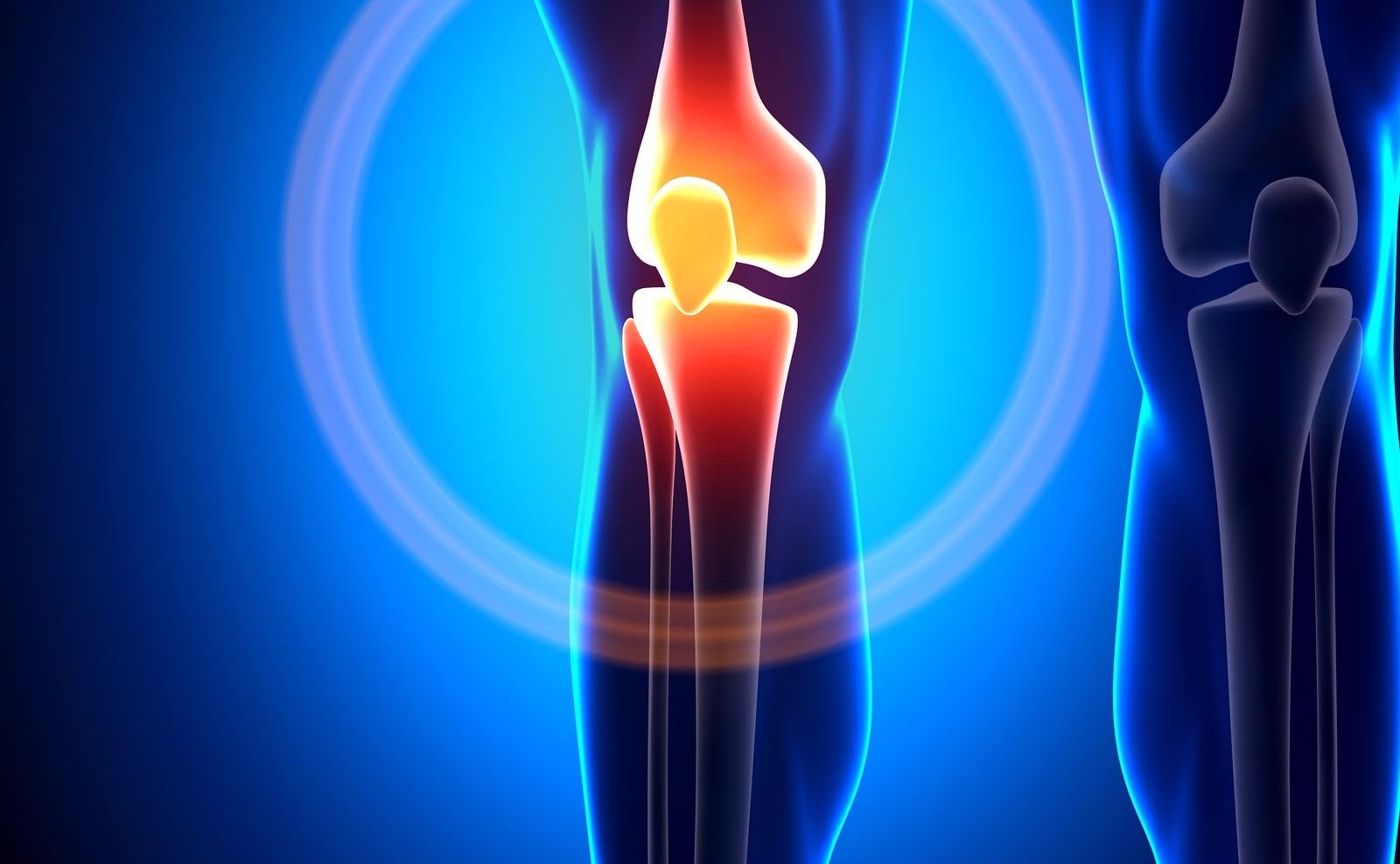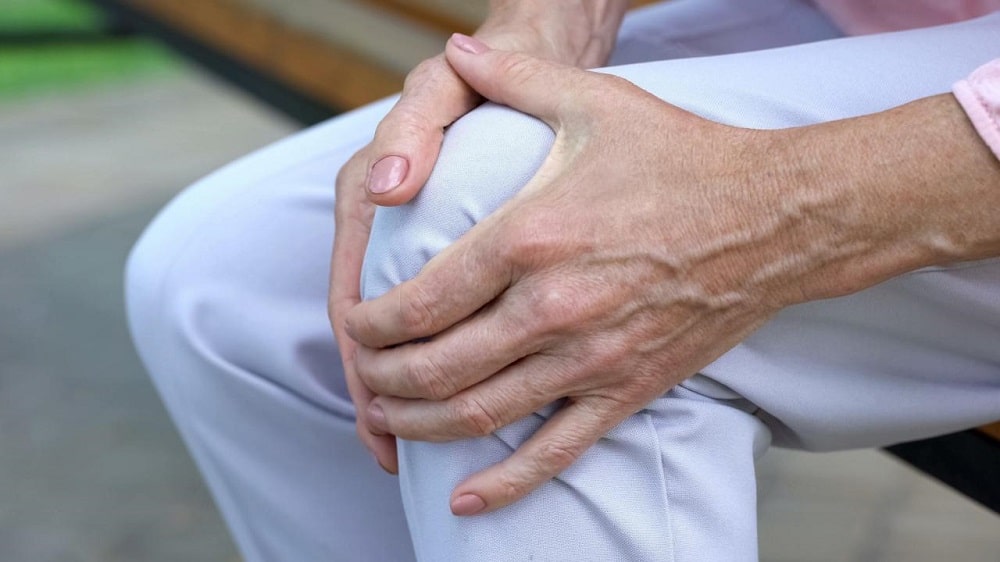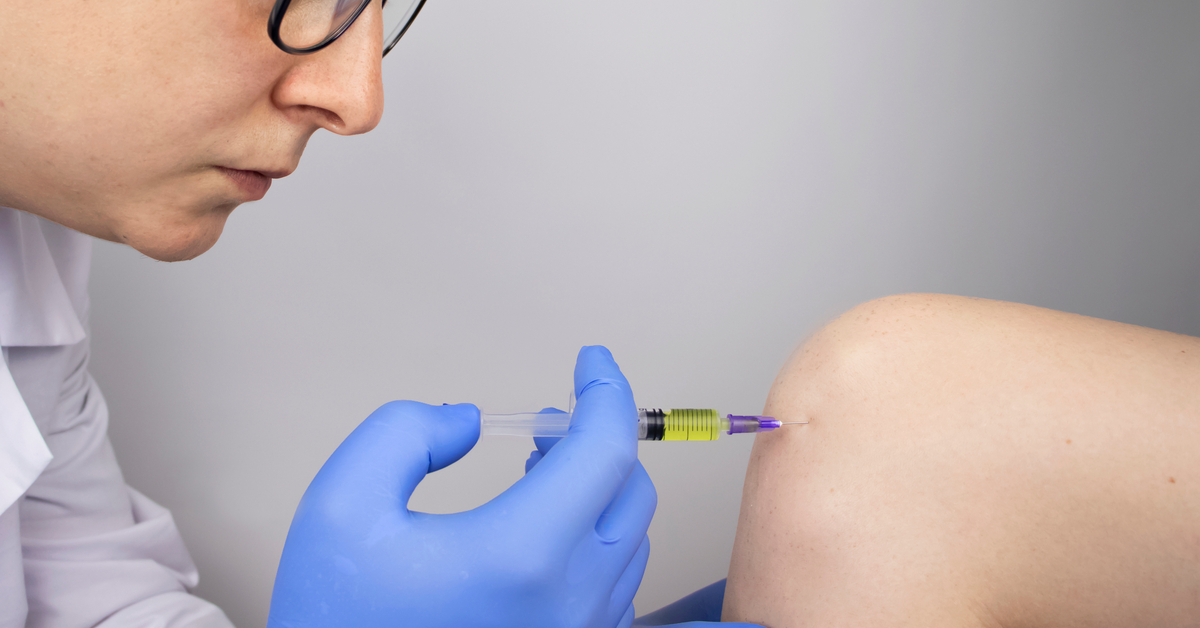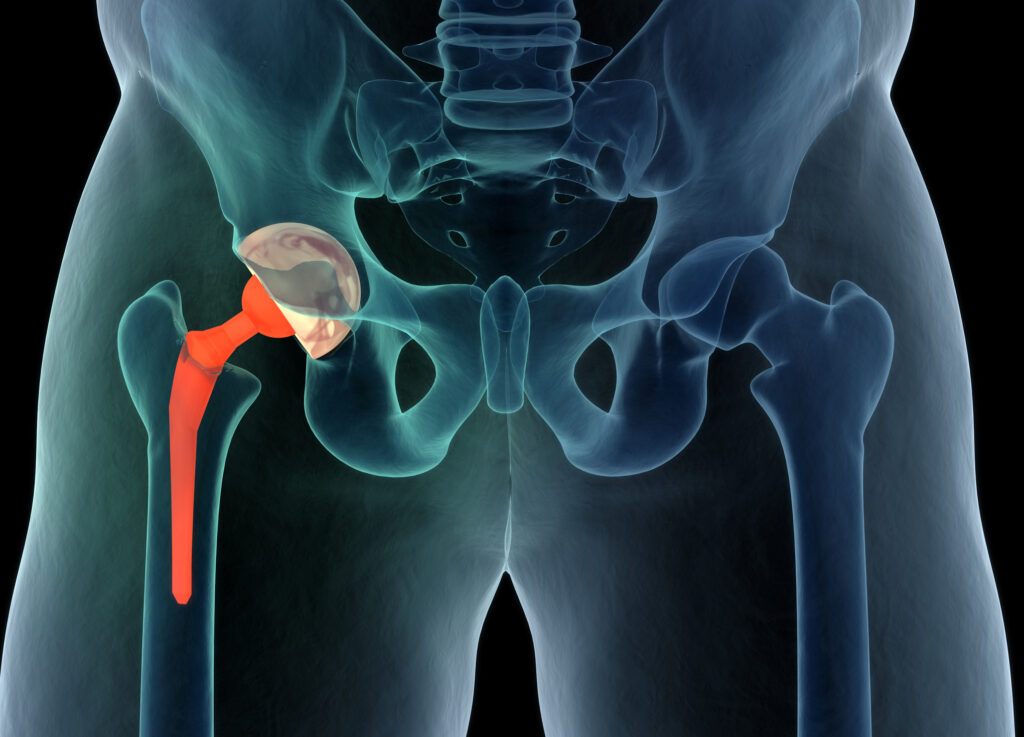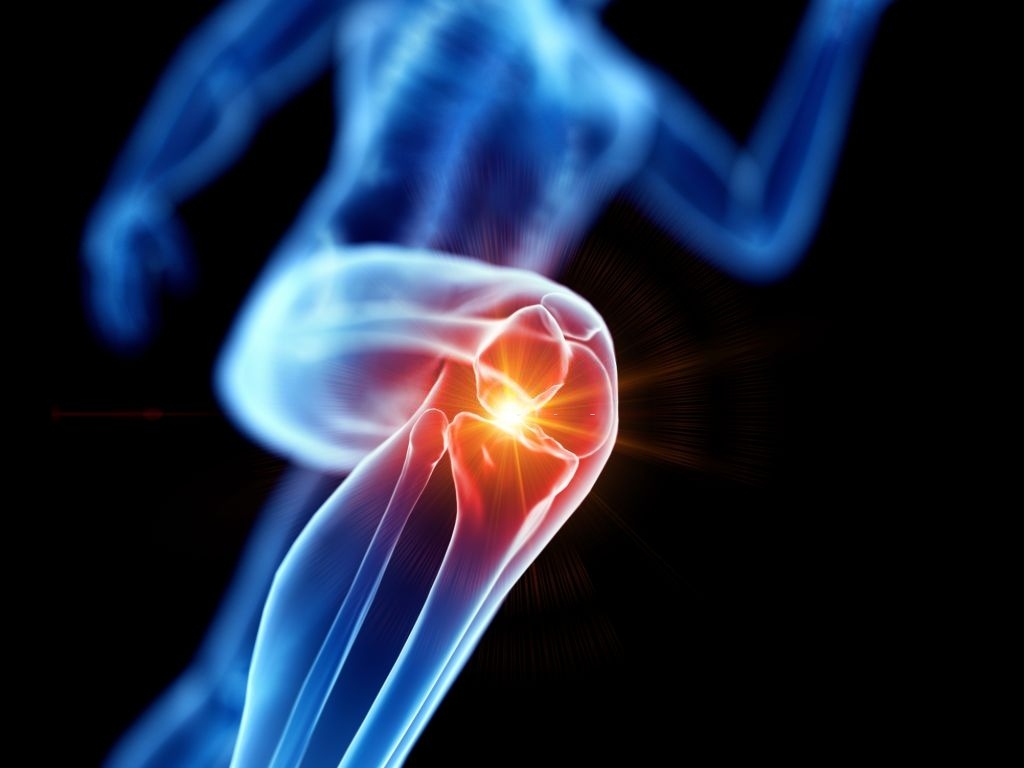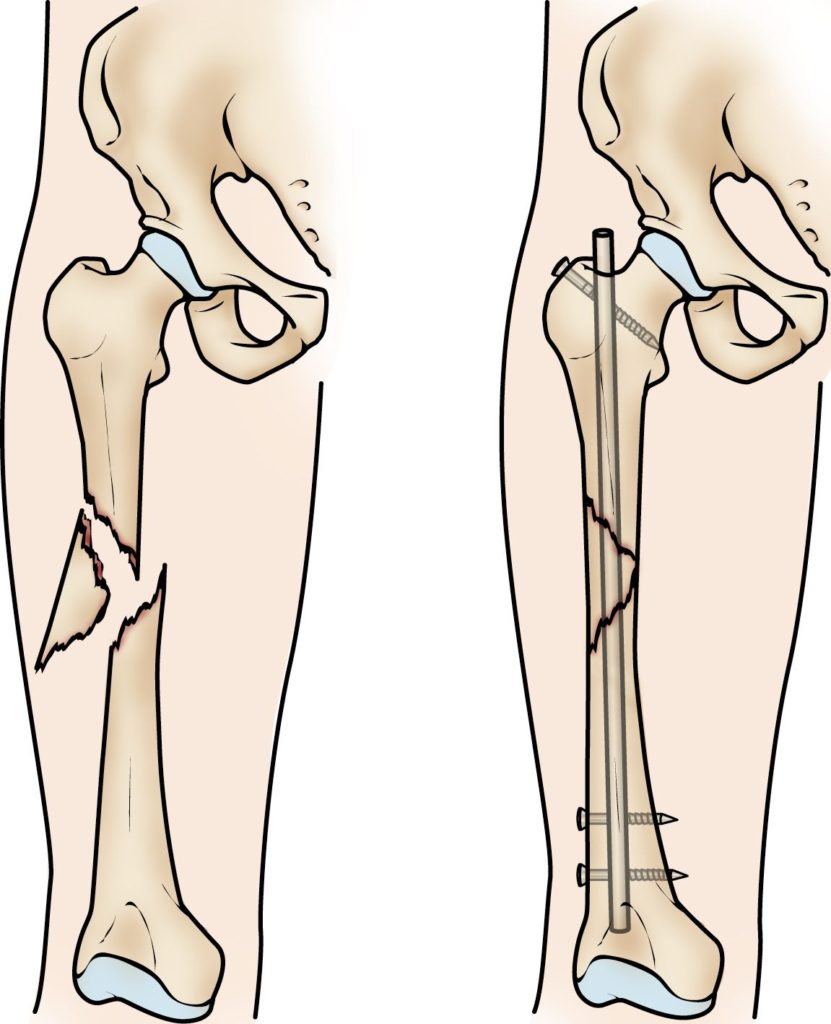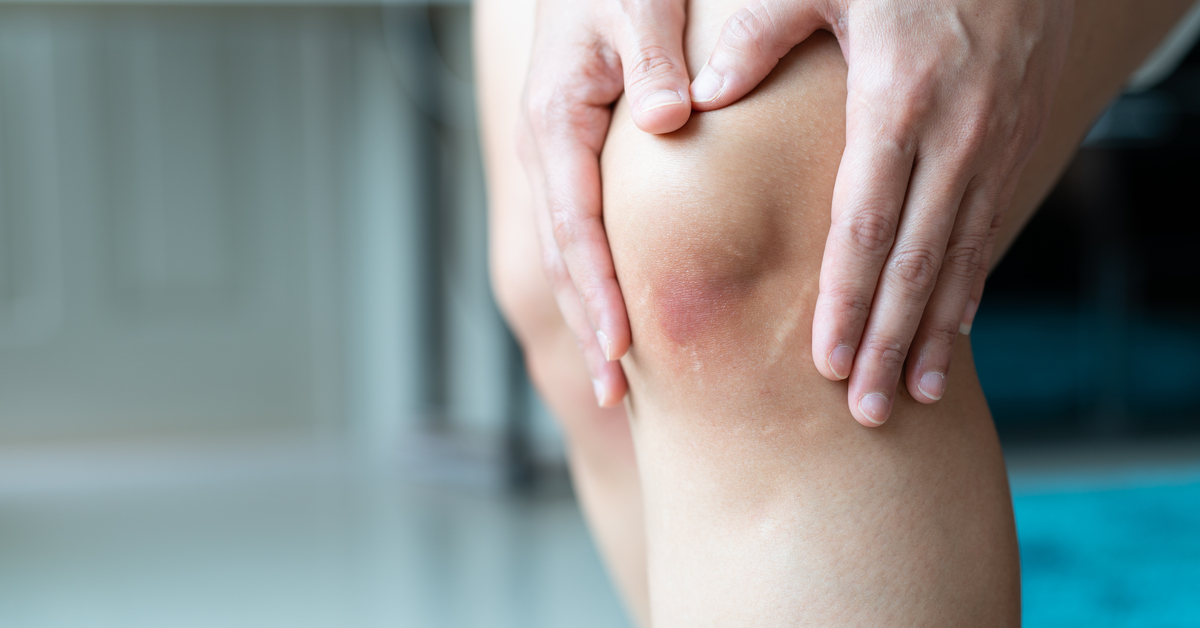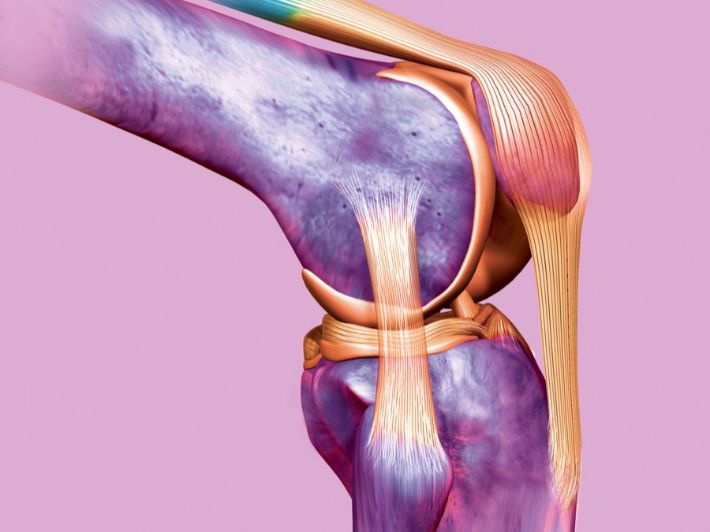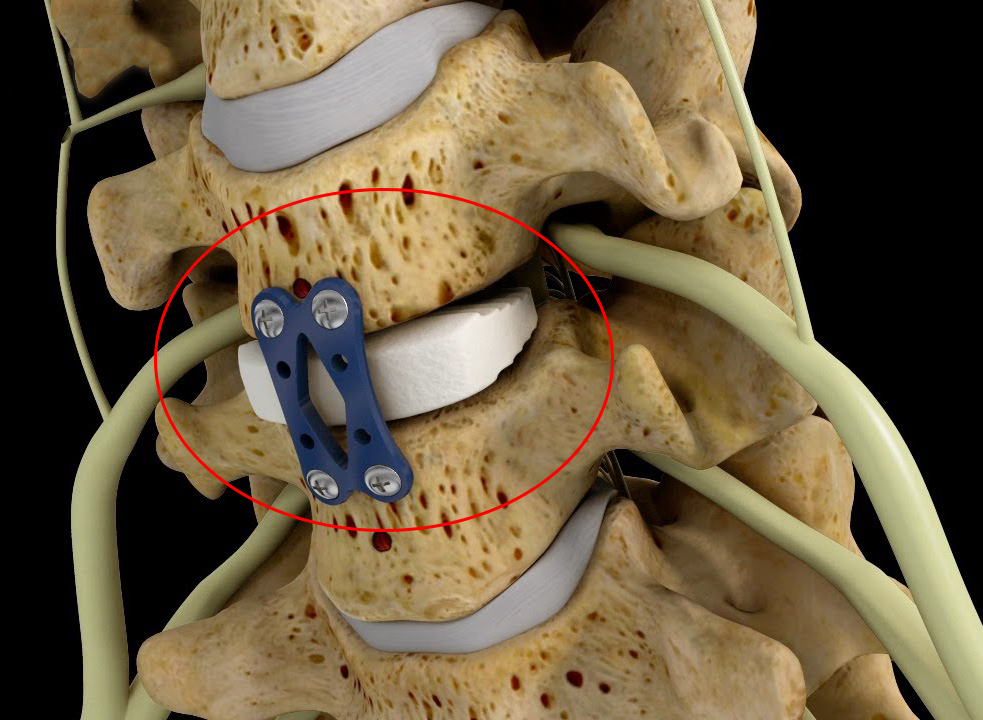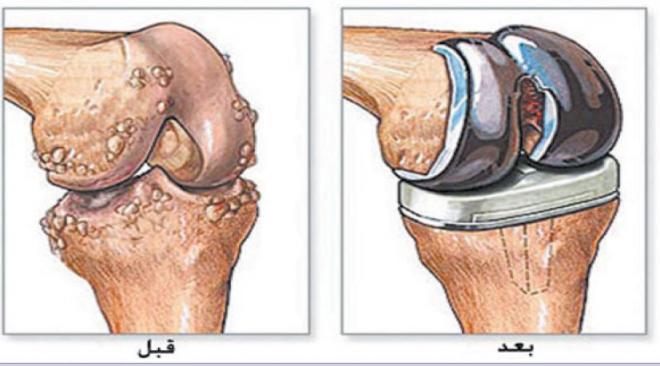Banned fruit for rheumatoid patients
When many people begin to realize that they have the rheumatoid disease, they think that their lives are at stake and that there is no way to live with this situation that has occurred to them. They begin to pay attention to any false sayings that negatively affect them. For this, we present to you the following article in order to be more able to understand this disease and how to cope with it, so let us read the following.
Banned fruit for rheumatoid patients
There are many rumors about the existence of a specific fruit that is forbidden to rheumatoid patients, and there is no basis for the truth about this matter. On the contrary, there are many fruits, especially citrus fruits, that soothe rheumatoid arthritis because they contain a large amount of vitamin C and antioxidants.
Although there is no harm from eating the fruit to rheumatoid patients, grapefruit juice in particular may interact with some medications taken to calm inflammation and lead to adverse results that may be dangerous at times.
If you are one of the people who feel anxious all the time and are affected by what is rumored around him, in that case, you can resort to consulting a specialist doctor from time to time, especially when you notice the appearance of some strange symptoms that you did not exist before.
What are the symptoms of rheumatoid?
The rheumatoid disease has many symptoms, but they are not fixed in many cases, there are some times when the individual may suffer from unbearable pain, and in other cases, there are no symptoms, and here are some of the most common symptoms:
- Suffering from severe pain in more than one joint.
- joint stiffness
- Swelling of several joints at the same time.
- The joints are very sensitive.
- Symptoms appear on joints on both sides of the body.
- Fatigue and extreme exhaustion.
- Difficulty making less effort.
- Significant weight loss.
- A temperature rise.
Negative Rheumatoid symptoms
Rheumatoid disease is considered an autoimmune disease and the infection rate ranges from 70% to 90% of positive rheumatoid, and the negative rate is very low, and the difference between each of them stands out due to the different severity of symptoms. In the following lines, we will learn about the symptoms of negative rheumatoid.
- Feeling of extreme fatigue: Before the basic symptoms begin to appear clearly, a state of severe exhaustion dominates the patient for several days and may reach consecutive weeks.
- Joint stiffness in the morning: It is one of the early negative symptoms of rheumatoid arthritis, as the patient begins to feel stiffness in the joints in the morning periods for a very short time, but if the matter is neglected without receiving treatment immediately, the matter will begin to prolong until it reaches several hours.
- Joint stiffness: During the natural movement of the individual throughout the day, he begins to feel pain in each of the joints of the hands, wrists, and fingers, and it reaches the point of stiffness in each of the feet, ankles, and shoulders.
- Swelling, redness, and fever: These symptoms are very early in appearance, as the individual feels swelling in some joints, accompanied by severe heat and pain that may last for several weeks.
- Numbness of the joints and a feeling of tingling: the patient feels these symptoms if he puts pressure on the joints and tendons, and this causes severe pressure on the nerves, and a sound may be issued during that similar to a creak, and this is the result of the friction of some damaged cartilage in the joints.
- Total loss of movement control: This occurs as a result of severe inflammation in the joint that may cause deformities that make the ligaments in an unstable state, and in that case, there is an imbalance in the movement of the sick person in a clear way, and a doctor can be consulted about the exercises that can be done in order to improve this situation.
Articular rheumatoid symptoms
- The presence of joint infections that reach the point of swelling are accompanied by severe pain and a high temperature.
- Stiffness in the joints, especially in the morning or when inactivity for a long period.
- Feeling exhausted.
- High temperature.
- Loss of appetite and significant weight loss.
In its early stages, the small joints, which are the fingers and toes, and with the progression of the disease and the severity of the symptoms, it begins to spread until it reaches the wrist, knee, ankle, thigh, and shoulder joints, and the symptoms are visible on both sides of the body.
There are many areas other than the joints that are susceptible to rheumatoid arthritis, and they affect 40% of patients, for example:
- Skin.
- Eye.
- the lungs.
- the heart.
- the kidneys.
- salivary glands.
- nervous tissue.
- bone marrow.
- Blood vessels.
The normal rheumatoid ratio
The normal rheumatoid ratio is less than 14 international units/ml, and this is considered an indication of a negative result of rheumatoid, but if the ratio is equal to 14 international units/ml or higher, then, in that case, the result is positive and not normal at all.
When we begin to infer that the rheumatoid level is abnormally high in the blood, this has to do with the fact that the person suffers from autoimmune diseases such as rheumatoid arthritis and Sjogren’s syndrome. It should also be taken into account that the proportion of rheumatoid may be normal but the individual suffers from autoimmune diseases at the same time.
You should be aware that the high percentage of rheumatoid in the body of the individual makes him more vulnerable than not to develop rheumatic diseases, and may also be a reason for the presence of non-articular problems, but related to rheumatoid such as rheumatoid nodules, and rheumatoid lung disease.
What is the difference between rheumatism and rheumatoid?
Rheumatism
It is not considered a medical term, but it is circulating among many individuals for their ability to express symptoms that afflict them that are similar to rheumatoid arthritis, and it mostly affects the area below the thumb and joint of the fingers, and its effect is on one side of the body, and its most famous symptoms are:
- Feeling severe pain.
- Swelling of many areas.
- muscle twitching
- Inability to control joint movement well.
- The appearance of some bumps in the bones.
This disease affects people at any age, but advanced age increases the chance of exposure to it, in addition to the fact that women are more susceptible to it than men, and there is no final treatment for rheumatism, but the sufferer must change some of his wrong lifestyles in order to live with it, for example:
- Make sure to do regular exercise.
- Maintaining an ideal weight and avoiding obesity.
- Take pain relievers when needed.
- natural therapy.
Rheumatoid
It is one of the inflammatory autoimmune diseases, as it occurs to the individual as a result of the individual’s immune system attacking some healthy parts of the body, and it affects the middle and lower joints of the fingers, and the effect of its symptoms is on both sides of the body at the same time, and among the most common symptoms are:
- Swelling in the joints.
- Change and deformation of the joint shape.
- Severe pain in the joints.
- Stiffness, especially in the morning periods.
- High temperature.
- Unexplained weight loss.
The rheumatoid disease mostly affects young people, but this does not exclude the rest of the age stages, as they are also exposed to it, and among the most popular methods that can be followed in order to treat rheumatoid arthritis:
- Biological treatments.
- Take some therapeutic injections.
Does rheumatoid cause sleep?
The rheumatoid disease affects the individual in a state of insomnia and extreme fatigue that makes him unable to sleep and relax well, and there are many factors that cause this:
- The disease should be active and cause swelling in the joints and increase inflammation, which affects the nervous system.
- In some cases, the pain is severe and some individuals cannot bear it.
- Neglecting the disease and not receiving treatment at the beginning causes many deformities resulting from joint erosion.
- Medicines taken to calm inflammation may be associated with many side effects.
Does Rheumatoid is from cancer?
Rheumatoid arthritis is not considered a cancer disease and has absolutely nothing to do with it from any aspect, as it is an inflammation of the joints that is dealt with by receiving appropriate treatment as prescribed by the specialist doctor and changing improper lifestyles in order to avoid doubling the disease activity.
Does a rheumatoid patient live a normal life?
The earlier a patient discovers that he has rheumatoid arthritis, the easier it will be for him to start receiving treatment and prevent things from getting worse, but in general, a person’s ability to live a normal life or not varies according to the severity of the disease and the stage it has reached.
However, it is often easy for a rheumatoid patient to live a very normal life, but he needs to undergo a specialist doctor from time to time in order to follow the development of disease activity, in addition to changing his negative lifestyle in order to prevent any complications of the disease from occurring.



